Phone Texting: (727) 834-0438
2803 Troy Road
Springfield Ohio 45504
2803 Troy Road, Springfield Ohio
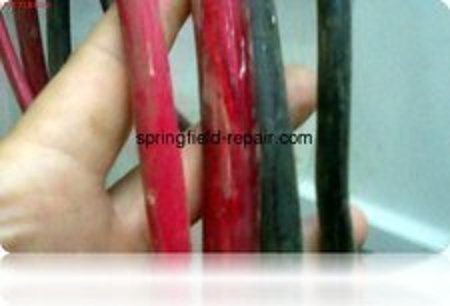
You won't likely accomplish this with a pair of scissors, so break out your sharpest blade, grinder, or precision cut-off saw and let's get to work!
Placement of your Battery Bank
Consideration on arrangement of the battery bank in a manner that will facilitate all cuts to be as short and direct as possible, is a worthwhile priority.
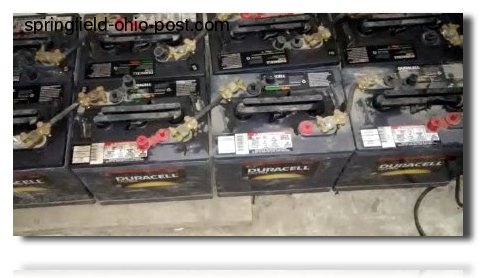
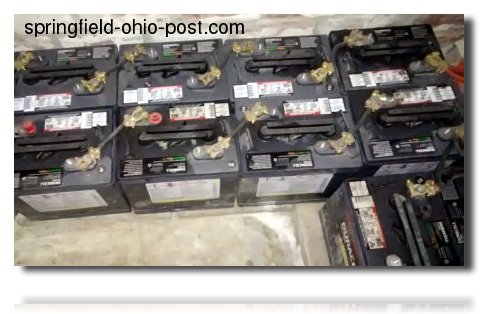
In a 12v Battery Bank, it is preferable to have the parallel negatives and positives connected in a solitary un-cut cable (whenever possible).
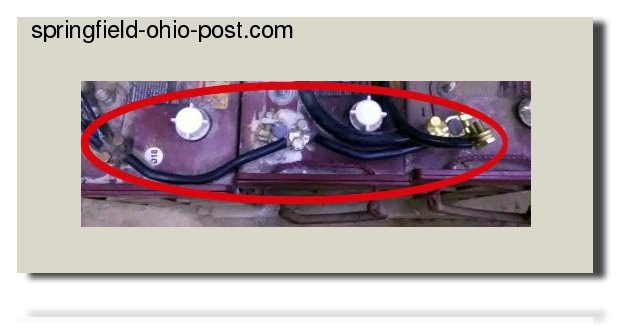
Doing so, will alleviate chance of creating a hot-spot if the cabling should shrink or become damaged due to the heat and other variables that the cabling is subjected to.
If on a budget, A good set of fat jumper cables will be the least cost to accomplish the new cabling scheme. Cut off the clamps and cut to size.
After having chopped the connectors specified in Tip #1, get a measurement leaving a slight allowance for movement on the parallel connections (none for the series connections).
Care should be taken while assessing your Battery Cable-cuts.
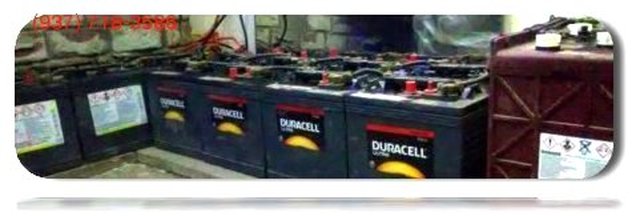
However mishandling batteries can hurt or kill you.
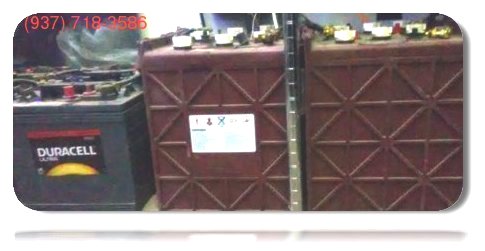
Onward!
Less cuts on the parallel cables equates to less energy loss, and minimizes other potential detrimental variables.
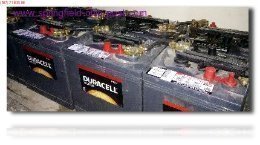
Consider how many series connection cables you can obtain by simply cutting down the average automotive battery cable (3 for the price of 1 for me).
The argument for custom-cut cables isn't just an argument for safety's sake, or that it looks neater, or that the result are a more-efficient battery bank.
You are also gaining the least cost per lifetime by making your own cables.
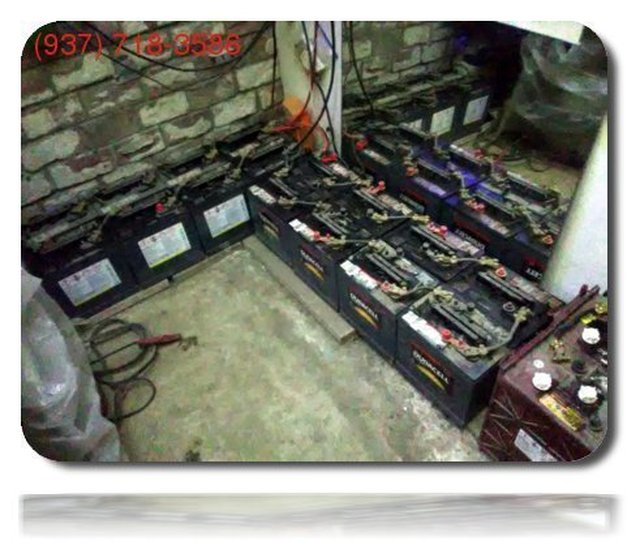
The photo above shows two 48v Battery Banks, each comprised of eight 6v batteries. Although the orientation of the batteries is not optimal, the configuration allows for the wind turbine and solar inputs to be located at a central end. In the optimal orientation the 48v battery bank would be 8 batteries in a straight line. In the orientation seen in the photo above, notice that there is one series cable that is not congruent with the size of all the other series cables (seen near the purple Trojan batteries).
However when these 16 batteries were setup to comprise a massive 12v battery bank, the longest cable that could be located here was only long enough to span 3 of the 4 parallel batteries, then hopped to another eight 6v batteries (which were also connected in series to 12v).
In the 12v scenario, a stretch of cable was required to be doubled-up on the final terminal, and resume for yet another unadulterated stretch (just to hop over to the last remaining 12v battery).
The problem arises when the available cables are too short. If this happens to be the case for you, make absolutely certain to always keep the cuts to the back of the battery bank (away from the power-inputs and away from the power outputs or inverter connections).
This will be your weakest link.
In other words, the end that receives the solar or wind-generated power should be connected to the longest continuous stretch of cable at terminal 1, then through terminal 2, then (in my case) terminating at battery terminal 3 before adding another stretch of cable to the remaining batteries.
For instance, terminal 3 jumping to terminal 4 could become a hot-point if the energy coming into the battery bank is located at terminal 4 instead of terminal 1. Terminal 4 in this scenario is the end of the battery bank, which is where any deviation from an otherwise perfect battery cable-length ought to be placed.
By doing so diminishes any possibility of great heat building up due to the two opposing cable lengths having incurred shrinkage of wire, etc.
As a final note, if you see burned (odd-bright colors), blackened, or greasy wire, these are signs of damage and the cable should not be relied upon.
Find another purpose for the damaged cable.
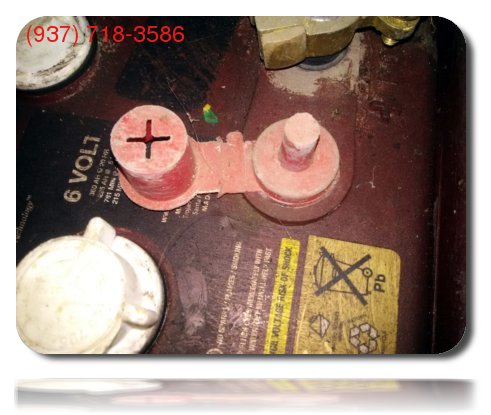
INTERMISSION
Hydrometer
Upon noticing any sudden performance drops, and after first removing all loads and sources of power to allow for the identifying the source of the problem, allow the battery bank to sit for a day or two without any loads to rid any ghosts of energy.
Re-check voltages at each battery as was performed initially in Part One. If the batteries truly were the source of problem, the re-test will confirm it.
Today's Date is Sunday, 14-Dec-2025 23:36:08 EST
2014-2025 Kenny Hendrick and the Public Diary. All Rights Reserved.
Posted for educative purposes under THE FAIR USE NOTICE: These Videos may contain copyrighted (© ) material the use of which has not always been specifically authorized by the copyright owner. Such material is made available to advance understanding of ecological, political, human rights, economic, democracy, scientific, moral, ethical, and social justice issues, etc. It is believed that this constitutes a 'fair use' of any such copyrighted material as provided for in section 107 of the US Copyright Law. In accordance with Title 17 U.S.C. Section 107, this material is distributed without profit to those who have expressed a prior general interest in receiving similar information for research and educational purposes. For more information go to: http://www.law.cornell.edu/uscode
"Copyright Disclaimer Under Section 107 of the Copyright Act 1976, allowance is made for "fair use" for purposes such as criticism, comment, news reporting, teaching, scholarship, and research. Fair use is a use permitted by copyright statute that might otherwise be infringing. Non-profit, educational or personal use tips the balance in favor of fair use." Disclaimer: 17 Notwithstanding the Provisions of Sections 17 U.S.C. @ 106 and 17 U.S.C. @ 106A, the Fair Use of a Copyrighted work for Educational Purposes- Not For Profit- Non-Commercial. (https://creativecommons.org/licenses/by-sa/3.0/legalcode